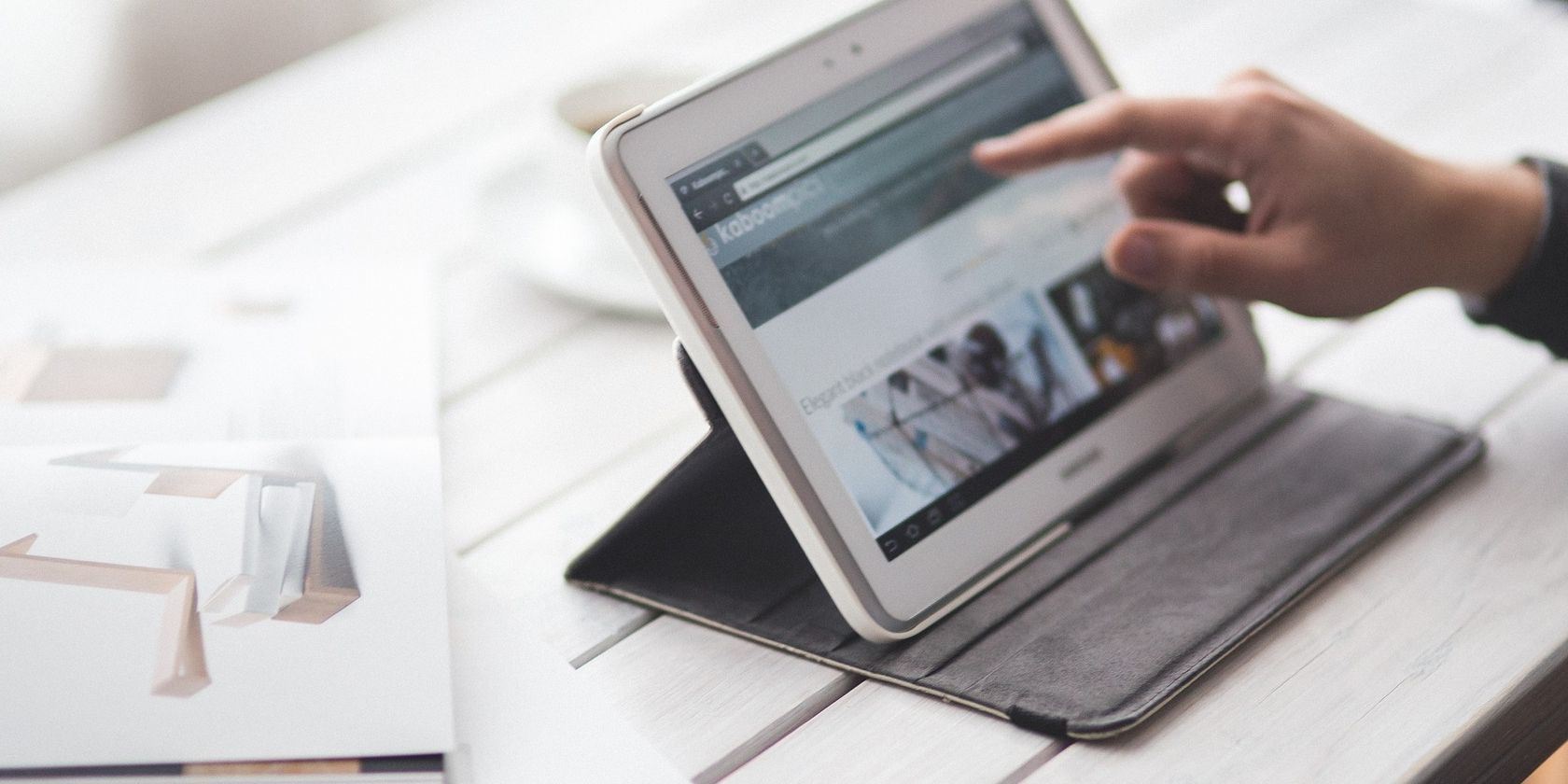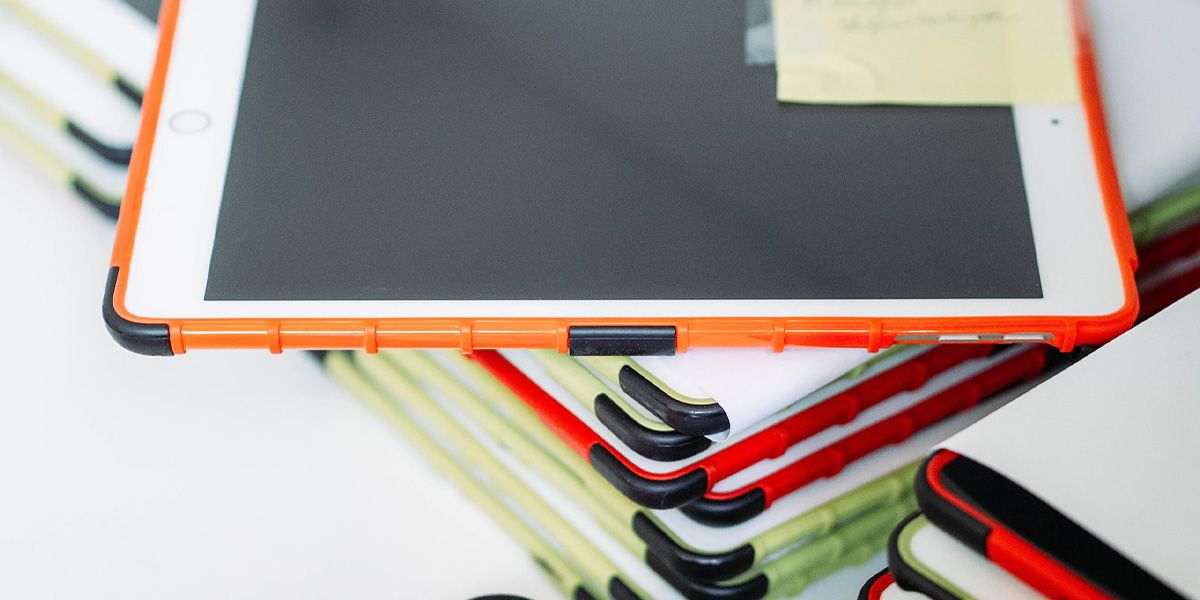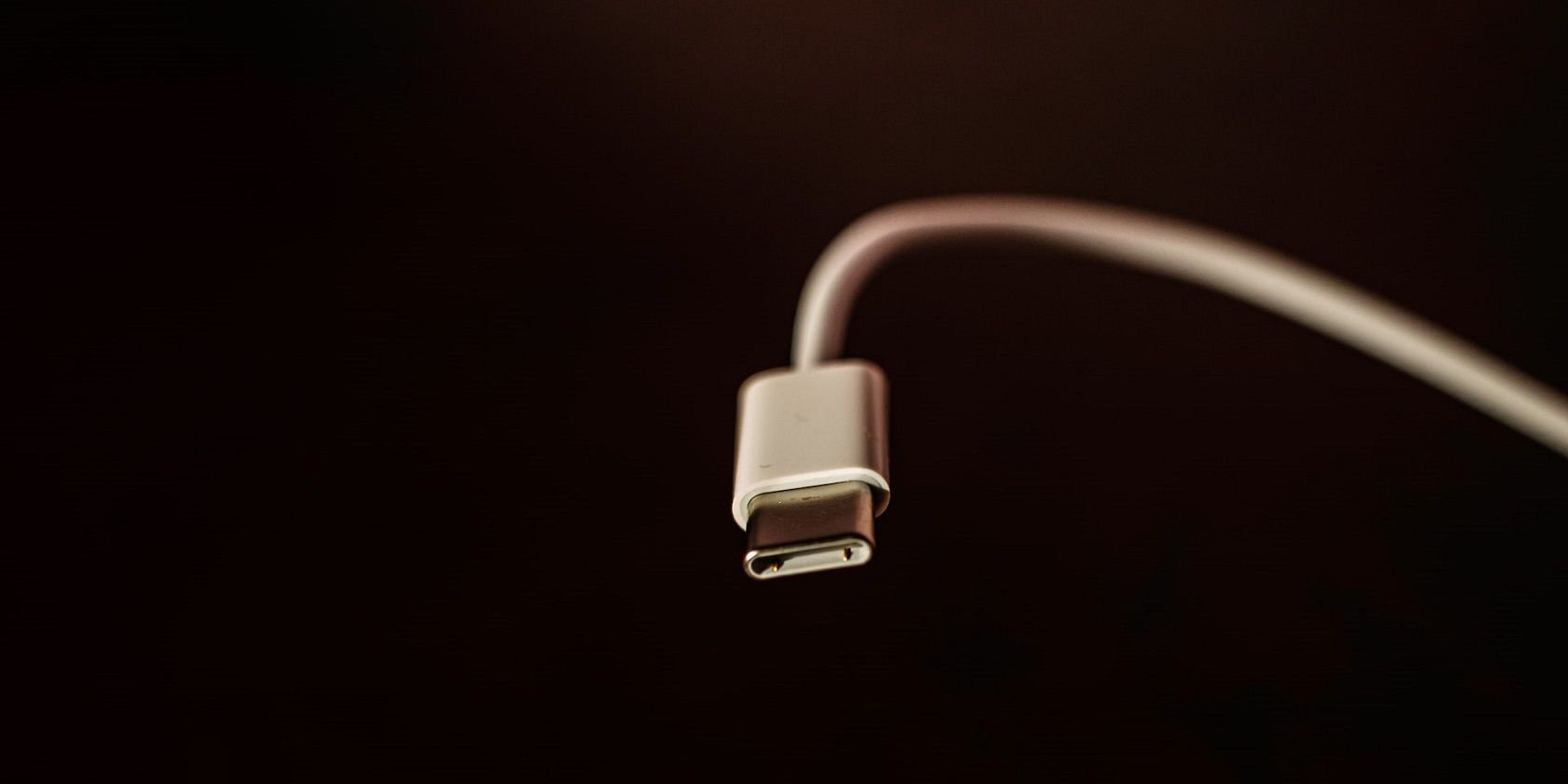Tablets are increasingly popular, and many now offer sufficient power to replace computers. However, if you want to enjoy optimal performance, a certain amount of care is necessary.
Tablets are designed to be durable, but like smartphones, there are many ways that they can be damaged. Here are twelve things not to do if you own a tablet.
1. Not Using a Case
High-end tablets offer some resistance to drops but depending on height, it's not always effective. Tablets can also easily be damaged if you carry them in a bag with other heavy items. You can protect against both of these issues with a protective case.
A case protects the screen from scratches and protects it from breaking if dropped. Purchasing a case is also significantly cheaper than purchasing a new tablet.
2. Using Cheap Cables
USB cables are available from a wide range of brands, and many compete solely on price. A budget USB cable might seem like excellent value, but if the cable performs incorrectly, it can damage your tablet's battery.
If you need a new USB cable, you don't need to purchase one from the same manufacturer as your tablet, but you should avoid buying the cheapest option.
3. Regularly Running Out of Battery
A tablet can be used with one percent battery, but allowing the battery to run that low is not recommended. If you often allow a tablet to run very low on battery, you may be reducing its lifespan. On the other hand, constantly charging a battery to 100 percent is also potentially harmful.
Ideally, you should aim to keep the battery between 20 and 80 percent for most of the time you use it.
4. Leaving It Plugged In Too Long
When you charge your tablet, you should plug it out once the battery is full. When you leave it plugged in longer than that, it's possible to reduce the battery's life span. This is why charging tablets and smartphones overnight usually isn't recommended.
Ideally, you should charge your device during the day and plug it out once completed. It isn't convenient, but your tablet will last longer.
5. Plugging In the Charger Incorrectly
Tablets use a range of different connection types for charging. However, one thing they all have in common is that they are easy to break if you apply too much force. This isn't difficult to do if you are in a rush or the charger fails to plug in repeatedly.
Whenever you are connecting or disconnecting the charger, it's therefore important to do so slowly. This is also another reason why you shouldn't use low-quality tablet accessories.
6. Exposure to Hot or Cold
Tablets can be used in hot and cold weather, but they are still susceptible to damage when exposed to extreme temperatures. The most obvious way to harm a tablet in this way is to leave it in direct sunlight or locked in a hot car.
When you're not using a tablet, it should be stored somewhere safe. This not only means somewhere it won't be knocked over but also away from the sun.
7. Exposure to Water
High-end tablets are typically either water-resistant or waterproof. Unfortunately, many people confuse these terms. Water-resistant means that a device is splashproof, while only waterproof means it can be submerged in water.
Ideally, a tablet should be kept away from water entirely, but if you're bringing your tablet somewhere with water, it's worth figuring out which one applies to your device. This information is usually available on the manufacturer's website.
8. Cleaning the Screen Incorrectly
Tablets collect dust and fingerprints during daily use. Cleaning your tablet is recommended, but using the right equipment is important. Ordinary cleaning supplies often contain corrosive chemicals, and some types of fabric can leave small scratches on the screen.
To clean a table screen safely, you should only use a microfiber cloth, and if you need to use a liquid, you should only use a small amount of water.
9. Installing Malicious Apps
Many people believe that you cannot get malware on Android and iOS. Unfortunately, this is a myth. While most types of malware target Windows, there's no shortage of malicious apps available for tablets, particularly Android tablets.
Malicious apps are primarily designed to generate fraudulent ad revenue, but some are also designed to steal personal information. If you'd like to avoid this outcome, it's important to only download apps from official sources. You should also go through each app's permissions and remove any permissions that aren't necessary.
10. Rooting Your Device
Rooting a device refers to unlocking the operating system. This is a somewhat popular activity because it offers significantly more freedom over the apps you can install and settings you can apply.
Unfortunately, rooting your device is not only a security risk, but it also has the potential to brick your device if you do so incorrectly. Rooting a device should only be performed if you know exactly what you are doing.
11. Not Installing Updates
Regular updates are available for both Android and iOS. These updates provide new functionality and include fixes for known security issues. If your tablet isn't updated regularly, it is more vulnerable to malware.
To keep your tablet safe, you should install updates as they become available.
12. Installing Too Many Apps
Apps make tablets useful, but there's a limit to how many you should install. If a tablet runs low on storage, it will become slow to use. Also, if you have multiple apps running in the background, this can also take up RAM.
Ideally, you should only install the apps you need and uninstall any that you don't use.
Avoid These Mistakes for Optimal Tablet Performance
Tablets are increasingly durable, but there are many ways that performance can be degraded if used incorrectly. The hardware needs to be protected from both drops and the elements, and it's important to be careful about both what apps you install and how many.
To avoid harming the battery, you must charge it at optimal times. Provided you follow these steps, keeping your tablet performing well isn't difficult.




